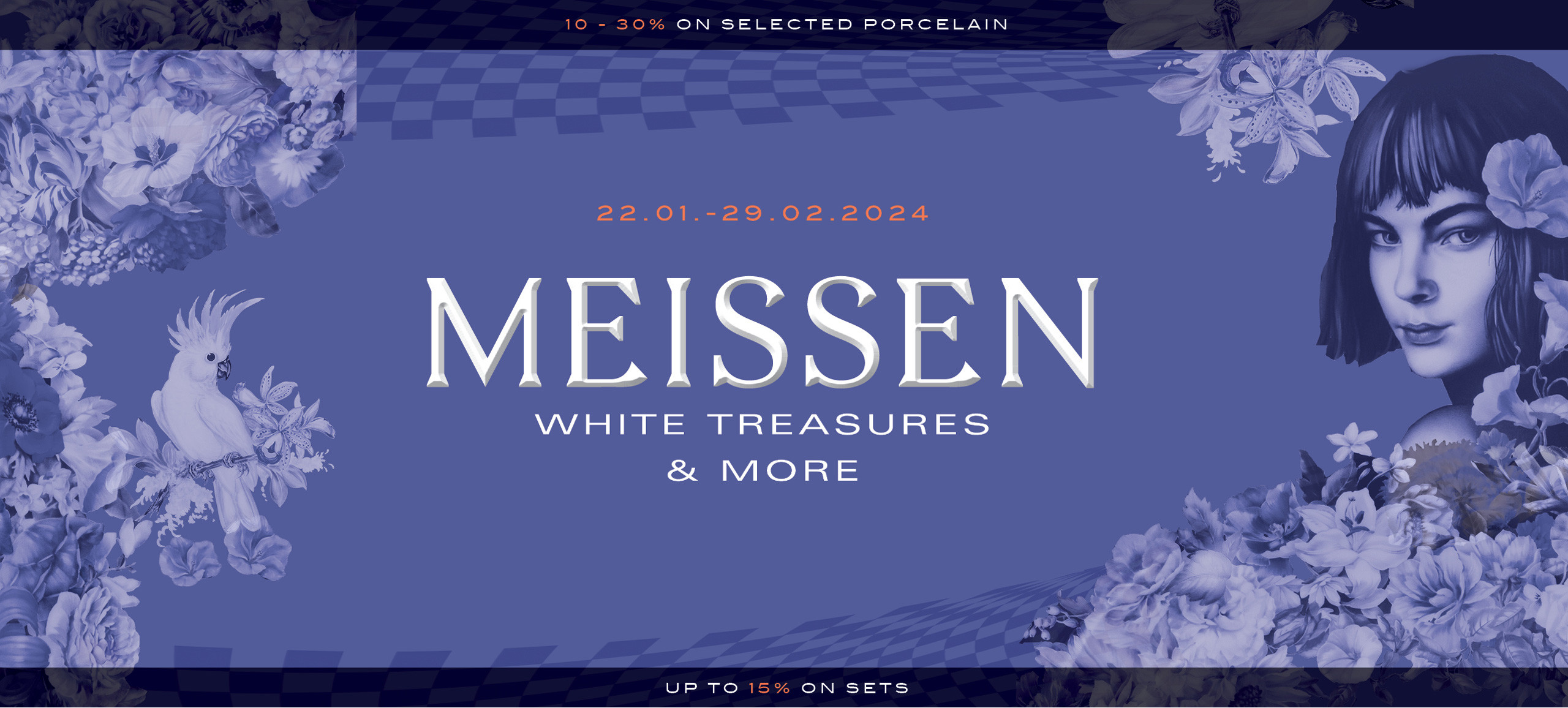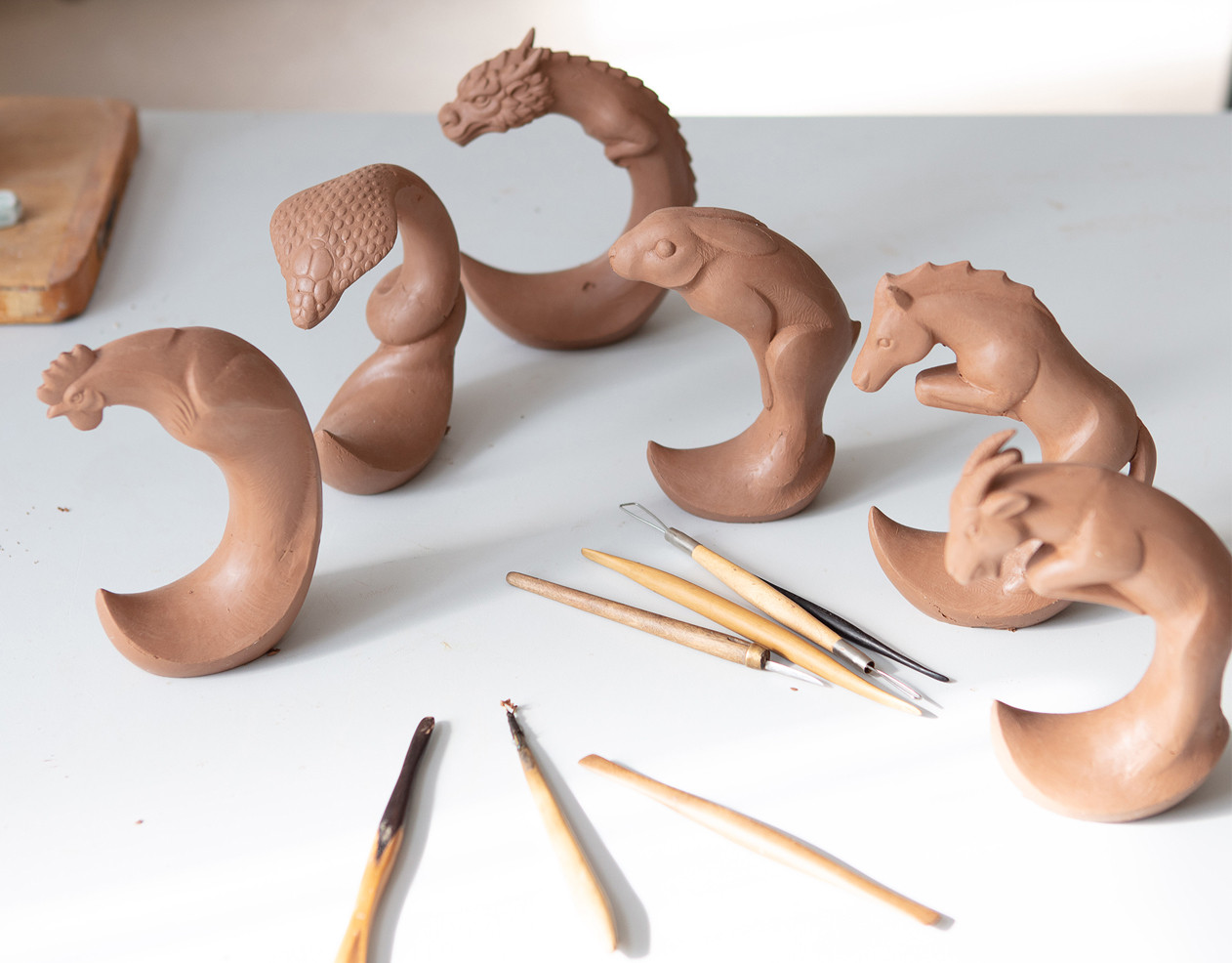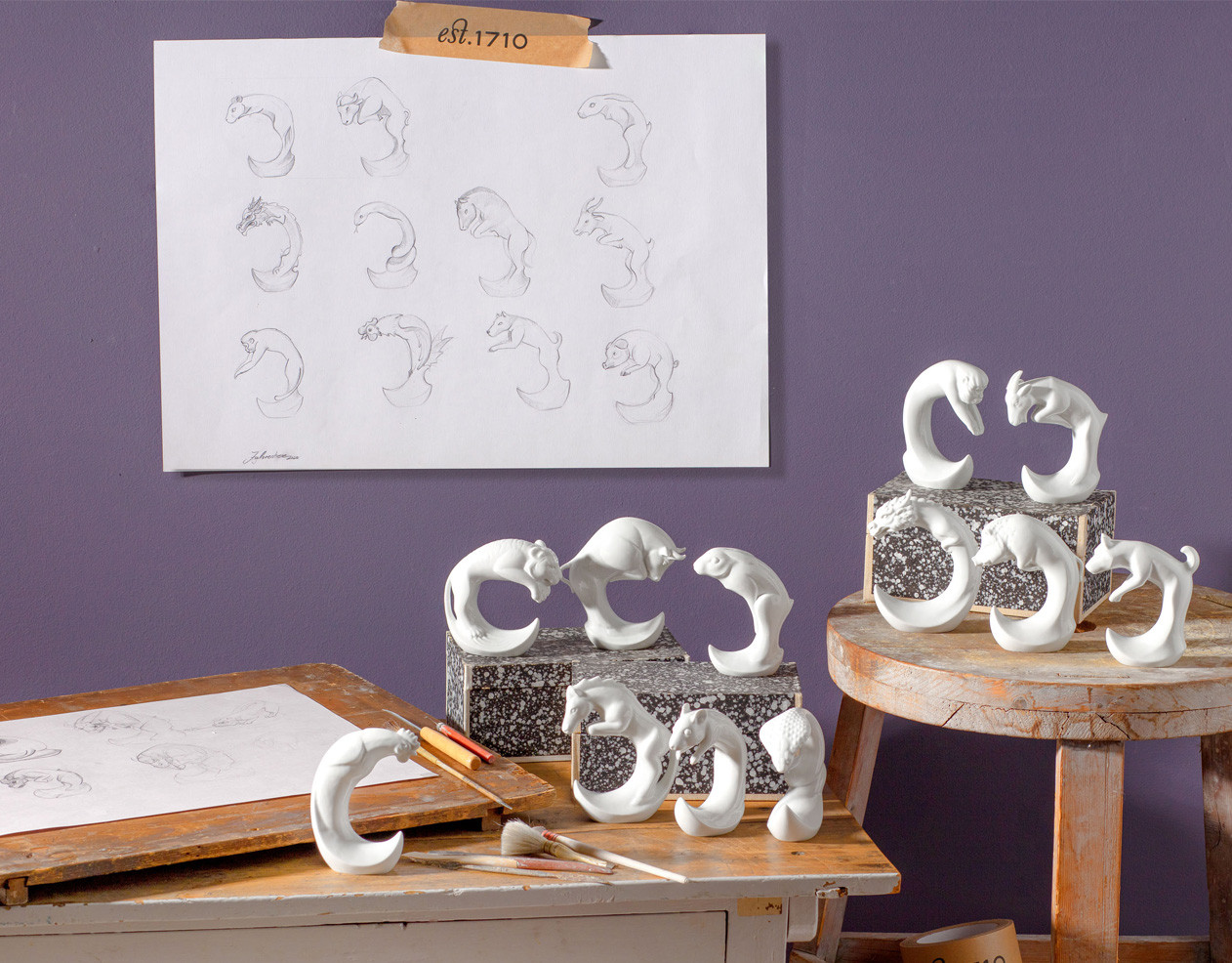
EACH ORDER – WITH THE EXCEPTION OF SELECTED ITEMS – IS DELIVERED IN A GIFT BOX.



This wishlist name is already present.
Get 10% discount* on your next online order
Do you have questions about the manufactory, our product range or special designs - we are happy to advise you!
Consultation hours:
Mon-Fri: 9am - 6pm
Sat: 10am - 4pm
X


